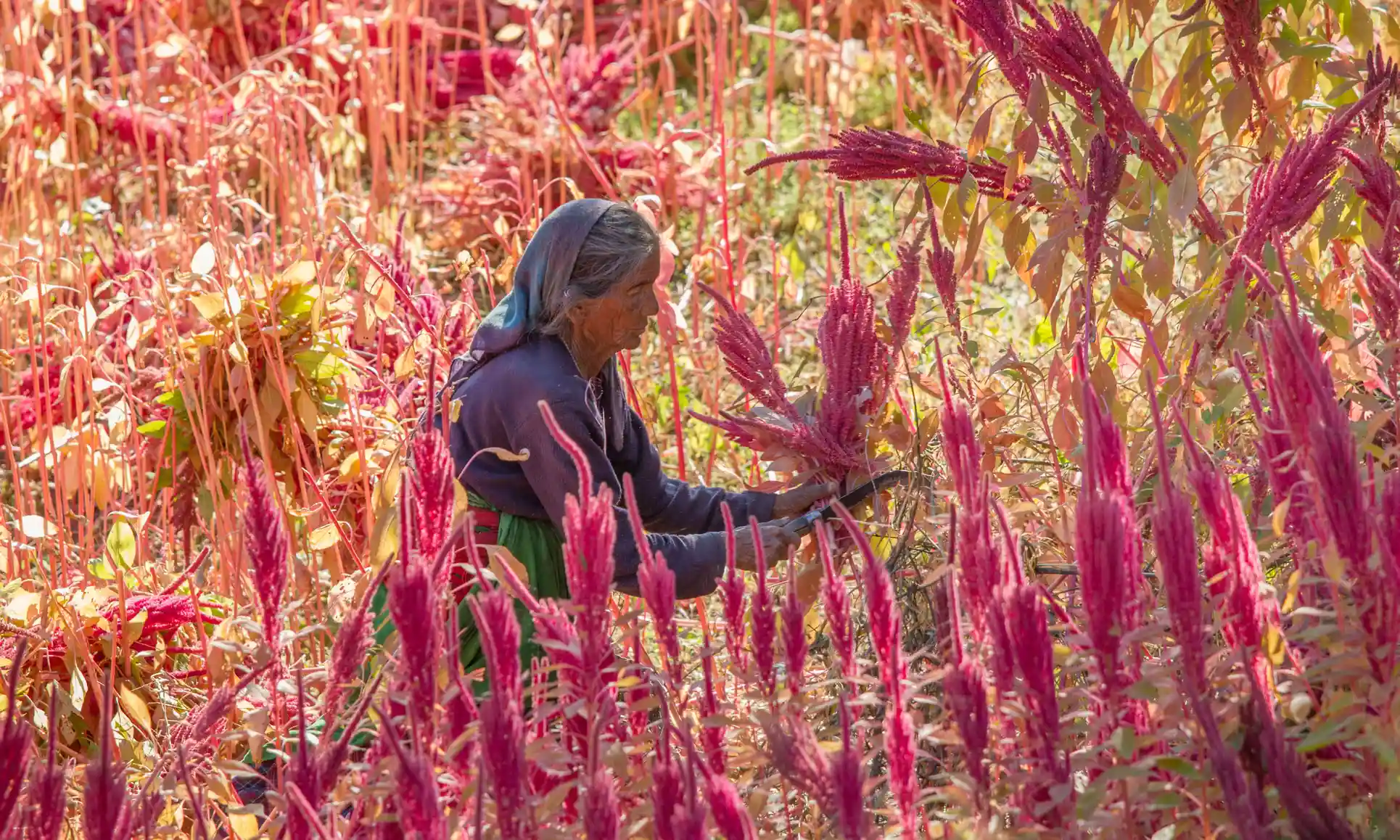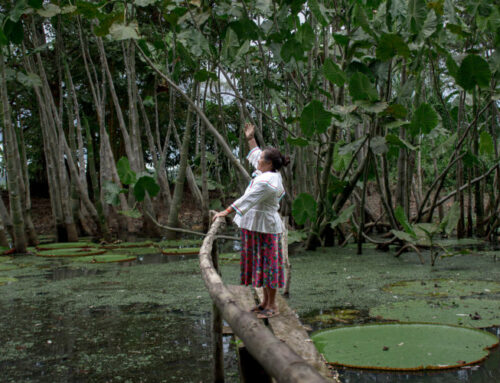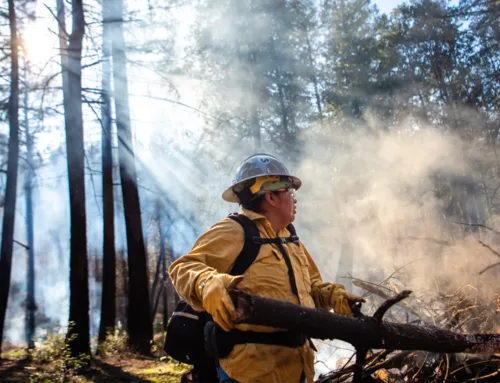Over the last few decades, amaranth has gained popularity globally. It is an extremely resilient 8,000-year-old pseudocereal indigenous to Mesoamerica, but also grown in China, India, south-east Asia, west Africa and the Caribbean. As a complete protein with all nine essential amino acids, amaranth is a nutritious source of manganese, magnesium, phosphorus, iron and antioxidants that may improve brain function and reduce inflammation. This ancient cultivation was extremely important for Native People, such as the Aztecs and Maya. In fact, amaranth was not only a source of proteins but was also used for ceremonial purposes due to these communities’ strong spiritual connection to the land and plants. Beata Tsosie-Peña, an Indigenous woman from Santa Clara Pueblo, is a coordinator of the environmental health and justice program at Tewa Women United. She is part of several networks of women across North and Central America working together to reclaim Indigenous food systems, reconnect ancient trade routes, exchange seeds and share traditional knowledge as a way of regaining sovereignty and freedom for Native People. By overcoming the ban and struggles to preserve these seeds – the Spanish outlawed amaranth when they arrived in Central America, Mexico and the south-western United States – indigenous farmers contributed to their own self-determination and created an alternative economic system in order to protect their independence and control over the food supply. Photo Credits: Hitendra Sinkar/Alamy Stock Photo







